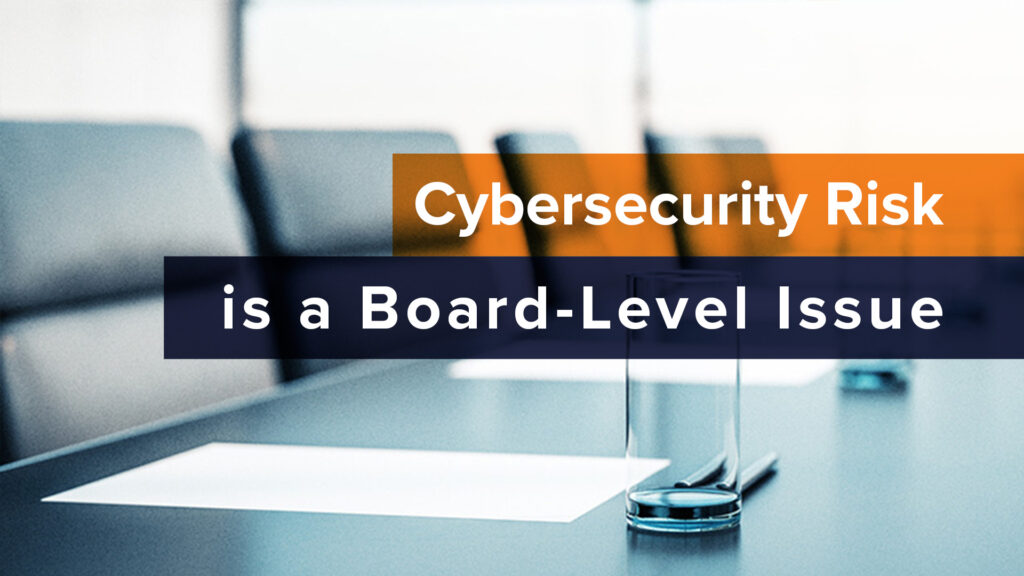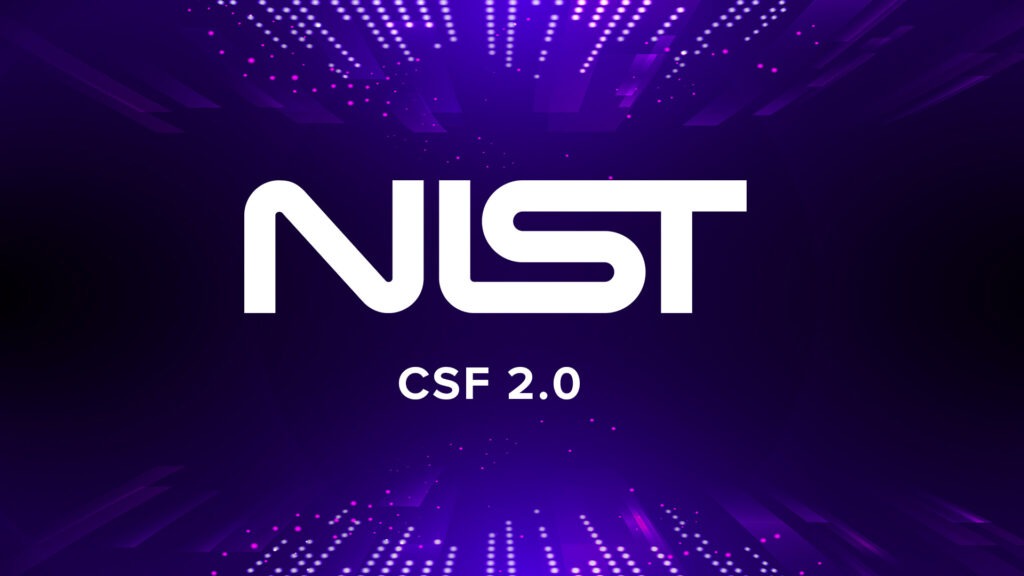We live in an era of sometimes unfathomable risk. From the November 2015 attacks in Paris that left 130 victims dead to the deep breach at Equifax that exposed 145 million consumers’ most intimate data, people, places, and companies are dealing with the unexpected every day, and one of the primary repercussions is to the integrity of their brands.
It’s common to assume that many of these events have a short lived impact. In the aftermath of the October 2017 massacre in Las Vegas, stocks dipped and investment banks estimated up to 6 months of reduced demand, but tourism was expected to rebound to levels seen before the event within a year.
The repercussions of such events live on far longer in the ongoing calculus of risk, expense, and operations that they so strongly influence. Risk managers for the Las Vegas Police, MGM International and other hospitality companies have to balance the costs of security enhancements with the broader expense and risk landscape of their business. No amount of spending can reduce risk to zero and too much spending can threaten the integrity of the bottom line
All of these high profile security events have not only operational implications but also reputational ones – bottom line impacts on the brand and the ways the brand influences revenue, market valuations, credit worthiness, regulation, and operations themselves. Reputational risk surfaces in surprisingly diverse ways and one of the major ways risk managers can benefit the bottom line is by demonstrating the organization’s flexibility and resilience in the face of brand damage.
This is a comprehensive look on understanding reputational risk as an enterprise-wide concern requiring an enterprise risk management approach. Reputational risk goes far beyond considerations of physical or cyber-security. Let’s talk about all the ways brand damage is likely to materialize.
The first portion will focus on understanding and mitigating the first-order, bottom line impacts of reputational risk – revenue and valuation. In the latter half we’ll focus on the second-order but equally important impacts on credit worthiness and operating costs.
Revenue & Reputation: Securing the Bottom Line When Bad Stuff Happens.
Reputation & the Markets: The Real Risks of Devaluation
Reputation and the Cost of Money
Reputation and Operations
Like revenue, the impact to operational costs is easy to see in the short term. Increased spending on response efforts, outside counsel, security experts, and more are easy to quantify. However, long after the brand impacting event organizations continue to feel further effects on operations.
Three common areas with ongoing operational cost implications are risk mitigation, compliance spending and the cost of personnel. Often firms respond to brand damaging incidents by throwing money at the problem. Stakeholders and executives get comfort from the immediate spending, but that spending is rarely commensurate with the risks involved. Rather than spending boatloads of money on beefed up compliance and audit or unfettered cybersecurity spending, organizations need to ensure that new spending is matched to the amount of risk reduction needed.
The costs of increased turn-over or retention after a big event are harder to quantify. Just as reputational damage impacts customers’ views of an organization, employees may require more compensation or be easier to lure away if your brand suffers. Focusing on employee sentiment may seem unnecessary in the immediate aftermath of a brand damaging event but it may save you in turnover and talent acquisition costs down the road.
Reputation and Regulation
Big Reputational Risk Means Big Action
Author




 By Biljana Cern
By Biljana Cern
